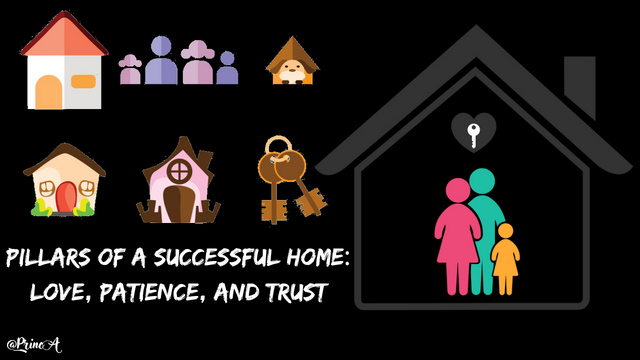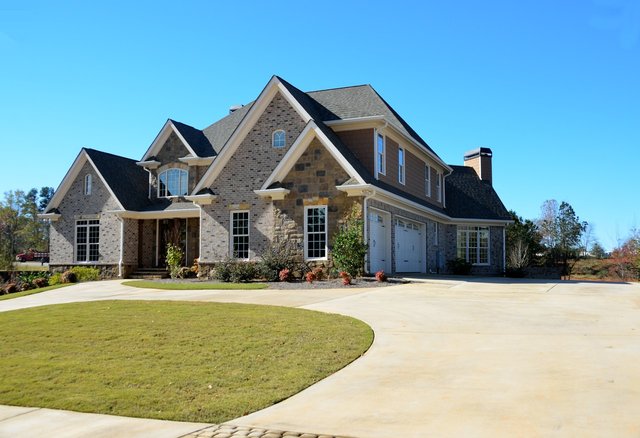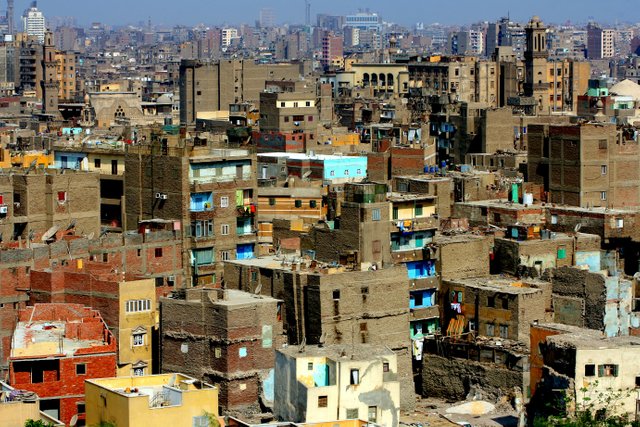
Designed In Canva


What is your understanding of a successful Home?
A successful home is a sanctuary that embodies comfort, security, and fulfillment. It's a cozy retreat where I find solace and relaxation. Safety measures ensure peace of mind, from a reliable electrical system to robust security features. Functionality is key, with a well-designed layout and ample storage solutions. Emotional well-being is nurtured through natural light, a connection to nature, and a peaceful atmosphere. Social connectivity thrives, with spaces that facilitate interaction while respecting privacy. Sustainability and maintenance are priorities, incorporating eco-friendly practices and regular upkeep. Personalization brings the home to life, reflecting my unique personality and tastes. In summary, a successful home is a haven that embraces comfort, safety, functionality, emotional well-being, social connections, sustainability, and personal expression. It is a place where I can thrive, create memories, and find true happiness.


Do you agree that a good society is determined by the number of successful Homes built?
The number of successful homes built is just one aspect of a good society. While important for individual well-being, a good society encompasses more. It values social justice, equal opportunities, and access to education and healthcare. It embraces diversity, ensures economic stability, and prioritizes environmental sustainability. Political stability, effective governance, and human rights are also essential. Successful homes contribute, but they do not define a good society alone. It requires a comprehensive approach that addresses multiple dimensions of well-being and progress. Economic stability, cultural inclusivity, and environmental responsibility play key roles. A good society values fairness, supports innovation, and provides opportunities for growth. It respects diversity, encourages citizen participation, and upholds democratic principles. By considering these broader aspects, we can strive for a society that truly promotes well-being and advancement.


Apart from the three pillars above, state and explain some other pillars you believe can contribute to a successful Home.
Beyond the pillars of Love, Patience, and Trust, several other pillars contribute to a successful home. Effective Communication fosters understanding and problem-solving through active listening and open expression. Respect, encompassing valuing opinions and boundaries, creates an environment of dignity and appreciation. Flexibility allows for adaptability and growth in the face of change. Teamwork emphasizes collaboration, support, and shared accomplishments within the family unit. Balance ensures the well-being of all members by prioritizing various aspects of life. Gratitude cultivates positivity and connection by expressing appreciation for one another and life's blessings. Boundaries establish personal space and privacy while respecting others, promoting mutual respect. Shared Values create a moral compass, uniting the family and giving purpose to their actions. By embracing these pillars, along with Love, Patience, and Trust, a successful home emerges—a place where communication bridges differences, respect flourishes, flexibility embraces change, teamwork thrives, balance is upheld, gratitude fosters happiness, boundaries preserve individuality, and shared values bind the family together. In this nurturing environment, love deepens, conflicts dissolve, and each member finds support, respect, and fulfillment.


What are the impacts of a broken home on society?
The repercussions of a broken home on society are profound, affecting individuals, families, and the broader community in various ways. The impacts are deeply unsettling, permeating multiple facets of our social fabric.
Primarily, children bear the brunt of the devastation. Growing up in a broken home leaves emotional scars, as they grapple with feelings of abandonment, instability, and confusion. Academic performance often suffers, limiting future opportunities. Moreover, the absence of a nurturing family unit can lead to behavioral issues and an increased vulnerability to mental health challenges.
Economically, the strain is significant. The separation of parents divides financial resources, burdening both parties involved. This financial strain perpetuates cycles of poverty and dependence on social support systems, placing an added burden on already strained resources.
Forming healthy relationships becomes arduous for individuals raised in broken homes. Trust issues, emotional barriers, and difficulty sustaining stable partnerships often stem from the absence of a secure family structure during formative years. The repercussions reach beyond individuals, affecting the social fabric as healthy relationships are the foundation of thriving communities.
Furthermore, broken homes contribute to an elevated likelihood of engaging in negative behaviors. Individuals from such environments may resort to substance abuse, delinquency, and even criminal activities as a means of coping or seeking belonging. These issues perpetuate societal problems, straining communities and their resources.
The intergenerational cycle of broken families is a disheartening consequence. Children growing up in broken homes are more likely to face similar challenges in their adult lives, perpetuating fractured families and compounding social issues.







TEAM 5 CURATORS
This post has been upvoted through steemcurator08. We support quality posts anywhere and with any tags. Curated by: @chant
Downvoting a post can decrease pending rewards and make it less visible. Common reasons:
Submit